For more than 50 years the Balnagown Estate was the Highland home of businessman Mohamed Al Fayed.
The colourful and at times controversial figure died in August last year aged 94.
With interests all over the world, his family would have been forgiven for giving up his beloved pink castle.
But instead, they are honouring his legacy by continuing to invest in the operation.
Work on the estate’s nine holiday properties and facilities has paid off with rising interest after featuring on the BBC programme Scotland’s Greatest Escape.
A series of environmental improvements are also ongoing on the 39,000-acre area.
The nature restoration work may also see beavers finding a new home at Balnagown – despite being controversial in other parts of Scotland.
How long has the estate been in the family?
Mr Al Fayed bought the castle, the former stronghold of the Ross clan, in 1972 along with about 12 acres of land.
The former Harrods owner reportedly spent more than £20 million restoring the 14th-century ‘pink palace’ Balnagown Castle and starting the tourist accommodation business.
The estate now stretches from the east coast between Alness and Tain in Ross-shire to within three miles of the west coast in Sutherland.
His local involvement included owning the Falls of Shin visitor centre, near Lairg, dubbed the Harrods of the North.
It was destroyed by fire in 2013 and has since been rebuilt under new ownership.
Mr Al Fayed was also involved in a local campaign against a waste incinerator planned near Balnagown and took the issue to the UK’s Supreme Court.
Family are regular visitors to Balnagown
His family includes widow Heini Wathen and their children Jasmine, Karim, Camilla and Omar. They are still regular visitors to the castle which is kept as a private house amid the holiday business.
“The family has made it clear they want to continue the work of Mr Al Fayed”, said estate manager Callum Paterson.
“They are very engaged and love the environment.
“They are very attached to the estate and want to know everything that’s going on.
“The family is very keen to preserve Mr Al Fayed’s legacy.
“He did good work locally which was well-received and they want to maintain that.
“The environment is a key element of what the family sees as important about the estate.
“They have had the estate for 52 years and want to have it for at least another 52. They are here for the long term.”
Mr Paterson said the estate has to be economically, socially and environmentally viable.
“We could go purely economic, where all we want is the income. But you would end up damaging the environment.
“Full environmental would impact on the social element as you would not be employing anyone.
Growing income from holiday accommodation
“So we try to work together to maintain the environment and still support local communities while the estate is commercially viable.”
Holiday accommodation, created from renovated estate buildings, is providing a growing income.
This side of the business has been operating since the 1990s but with relatively low levels of advertising until recent years.
However recent investment has included making more properties available, replacing the website and an active social media policy.
Holiday guests are free to roam the entire estate, with access to the castle gardens only restricted when the family is in residence.
In addition to the natural attractions, an indoor gym and badminton, football and table tennis facilities are provided, as well a fishing on a trout loch and an archery area.
Since Covid, an outdoor gym has been created, along with an outdoor swimming, paddleboard area and summer house on the man-made Loch Auchoyle.
“We are trying to increase bookings and facilities for guests without making it Center Parcs”, said Mr Paterson. “They like the peace and quiet here.”
Estate buildings and areas like the Italian Gardens are used for weddings, while former estate staff accommodation has been converted for use for visiting workers.
Spin-off business from The Traitors
A company providing special effects for The Traitors programme, filmed in nearby Ardross Castle, has taken up temporary residence in converted estate buildings.
Contractors building new power lines are housed in cottages on site and other areas have been occupied by other film crews, including for a Dutch dating show.
Farming, the most profitable part of the estate, includes a 500-acre arable operation, mainly spring barley for the whisky industry.
There are also areas of winter wheat and oilseed rape, 60 acres managed for potatoes and a beef cattle herd.
Balnagown has more than 5,000 acres of woodland, with over 700 acres planted in the last decade.
There are plans for a further 2,000 acres over the next five years.
Peatland restoration of over 700 acres has recently been completed.
Another 6,000 acres is planned which will help protect habitats and reduce carbon emissions.
The estate has an abundance of wildlife, including deer, badgers, pine marten, ospreys, golden eagles, black grouse and capercaillie and may in future add beavers.
Will beavers be released on the estate?
It was involved in the re-introduction of red kites in the 1990s and Mr Paterson says it would welcome the animals.
This is despite the controversy they have caused since being re-introduced in other parts of Scotland.
Beavers became extinct in this country more than 400 years ago.
But in recent decades they have made a comeback in certain areas, including Tayside.
In December a pair of beavers was released at Rothiemurchus Estate, near Aviemore, and another pair on land owned by billionaires Anne and Anders Holch Povlsen.
It led to some farmers and crofters forming a group to raise concerns about the move.
These included that the animals could impact farming livelihoods and affect the land management of food-producing fields and crops.
But Mr Paterson said: “The estate would be very interested in having beavers here.
“They are a natural part of the Scottish environment, albeit a lot of people don’t like them.
“My opinion is that we should have beavers but should be allowed to control them if they are a problem.”
‘They can help the environment’
He said the estate has made its interest known and is willing to work with others on a controlled release.
“Beavers would be a natural part of the environment here and can help the environment in lots of ways.
“We have amazing wildlife here and we are keen to continue with that.”
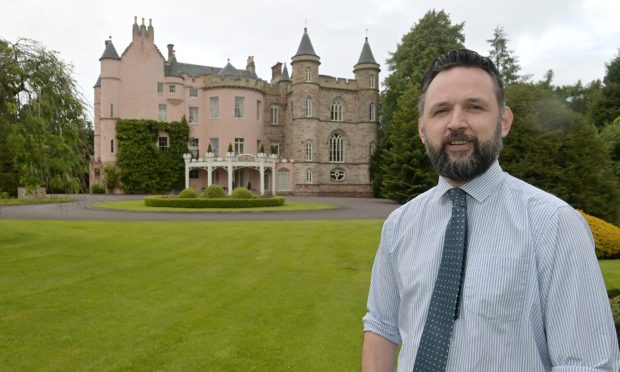
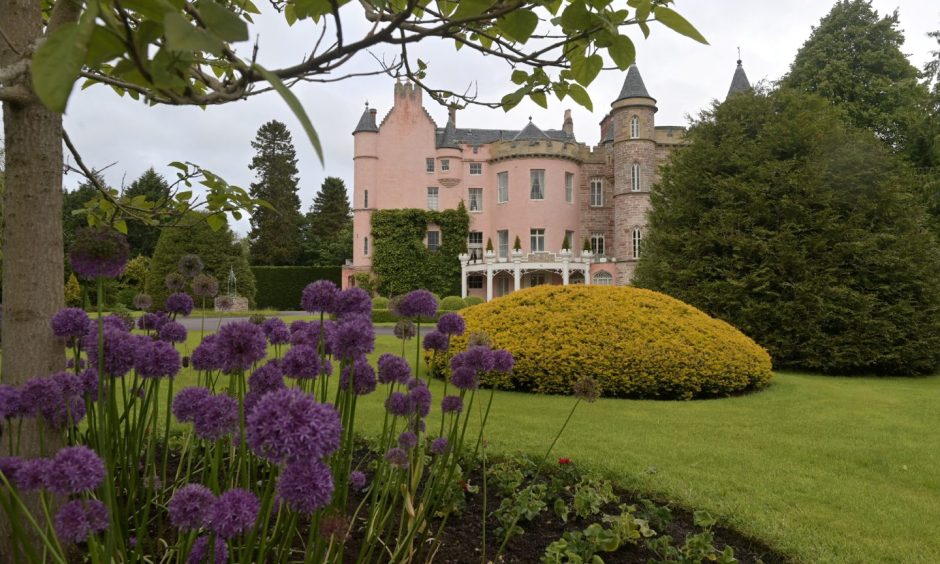
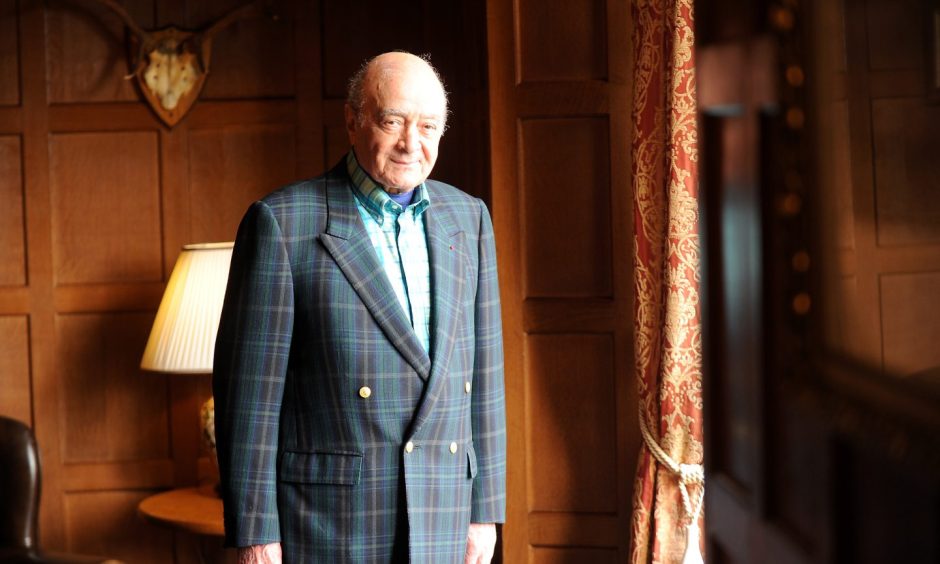
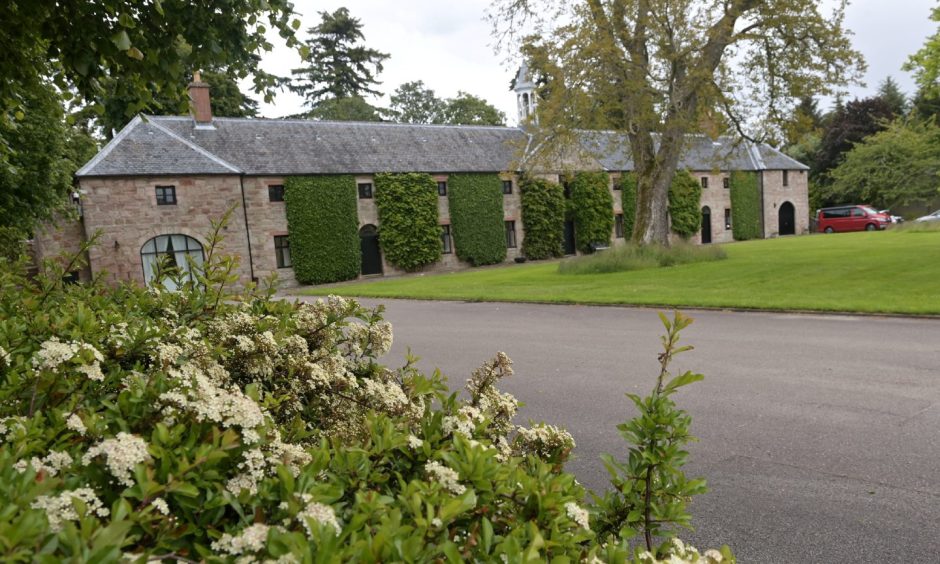
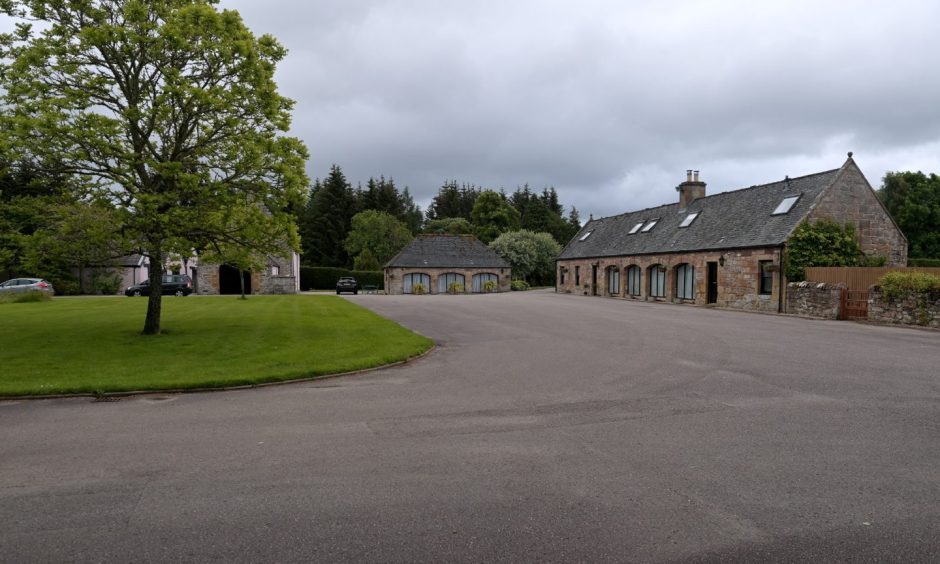
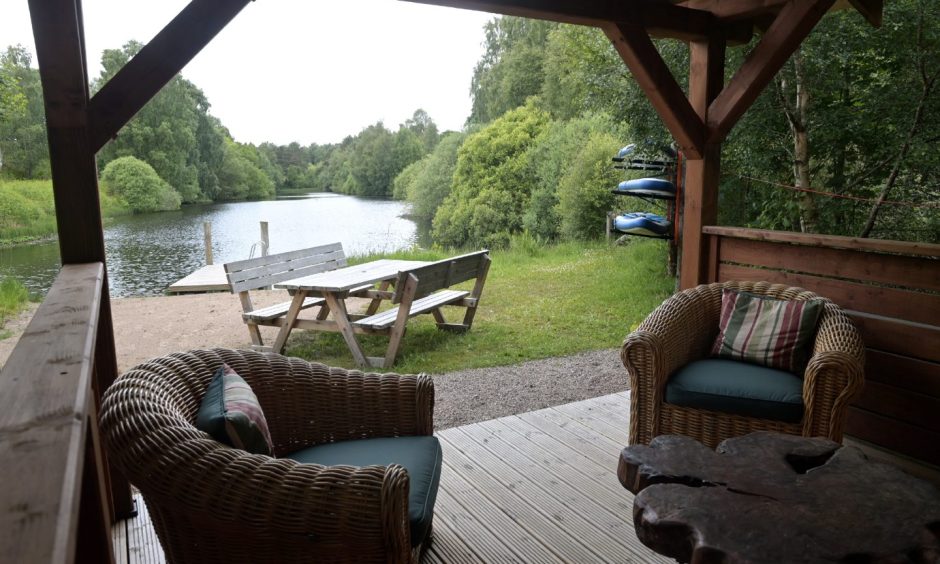
Conversation